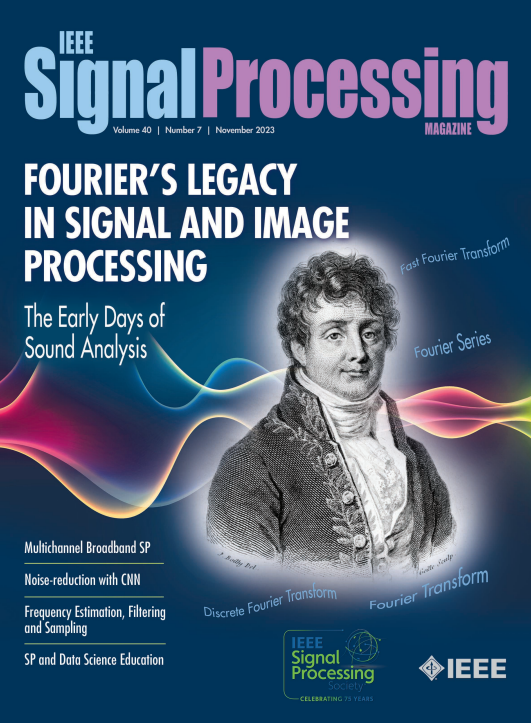深度内部学习从单一输入进行深度学习
IF 9.6
1区 工程技术
Q1 ENGINEERING, ELECTRICAL & ELECTRONIC
引用次数: 0
摘要
一般来说,深度学习的重点是通过大型标注数据集来训练神经网络。然而,在许多情况下,仅从手头的输入来训练网络是有价值的。在许多信号和图像处理问题中,这一点尤为重要,因为在这些问题中,一方面训练数据稀缺且多样性较大,另一方面数据中存在大量可利用的结构。利用这些信息是深度内部学习策略的关键,其中可能涉及使用单一输入从头开始训练网络,或者在推理时根据提供的输入示例调整已训练好的网络。本调查文章旨在介绍过去几年中针对这两个重要方向提出的深度内部学习技术。虽然我们主要关注的是图像处理问题,但我们调查的大多数方法都是针对一般信号(具有可与噪声区分开来的重复模式的向量)得出的,因此也适用于其他模式。本文章由计算机程序翻译,如有差异,请以英文原文为准。
Deep Internal Learning: Deep learning from a single input
Deep learning, in general, focuses on training a neural network from large labeled datasets. Yet, in many cases, there is value in training a network just from the input at hand. This is particularly relevant in many signal and image processing problems where training data are scarce and diversity is large on the one hand, and on the other, there is a lot of structure in the data that can be exploited. Using this information is the key to deep internal learning strategies, which may involve training a network from scratch using a single input or adapting an already trained network to a provided input example at inference time. This survey article aims at covering deep internal learning techniques that have been proposed in the past few years for these two important directions. While our main focus is on image processing problems, most of the approaches that we survey are derived for general signals (vectors with recurring patterns that can be distinguished from noise) and are therefore applicable to other modalities.
求助全文
通过发布文献求助,成功后即可免费获取论文全文。
去求助
来源期刊

IEEE Signal Processing Magazine
工程技术-工程:电子与电气
CiteScore
27.20
自引率
0.70%
发文量
123
审稿时长
6-12 weeks
期刊介绍:
EEE Signal Processing Magazine is a publication that focuses on signal processing research and applications. It publishes tutorial-style articles, columns, and forums that cover a wide range of topics related to signal processing. The magazine aims to provide the research, educational, and professional communities with the latest technical developments, issues, and events in the field. It serves as the main communication platform for the society, addressing important matters that concern all members.
 求助内容:
求助内容: 应助结果提醒方式:
应助结果提醒方式:


